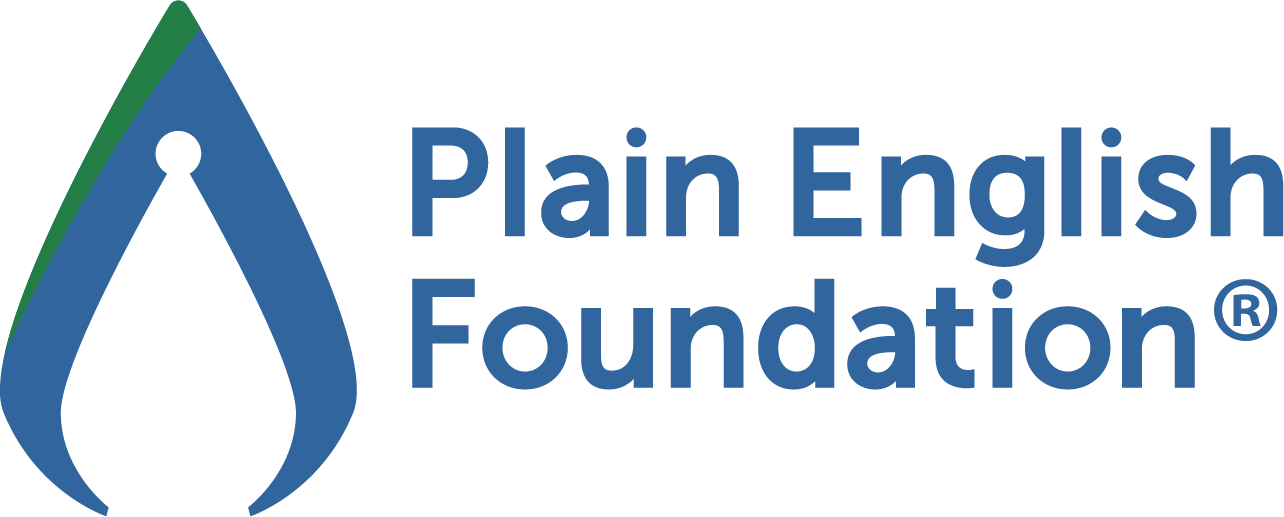10 top tips for plain English
We’ve run writing skills workshops for thousands of professionals and edited hundreds of workplace documents. That means we’re well placed to share with you our 10 top tips for plain language.
Evaluate structure and design
- Think about what your readers will need for your document to succeed.
- Have a clear core message and don’t bury it in detail.
- Present the key information before the details.
- Support your core message with sound reasons, evidence and explanation.
- Use a clear design with plenty of white space and information-rich headings.
Tighten your expression
- Write in a formal but friendly tone.
- Use short, simple words and sentences for a readable style.
- Prefer the active voice to the passive voice so it is clear who is doing what.
- Remove words and details that add little value.
- Follow established style conventions for grammar and punctuation.
Follow the definition of plain language
Plain language is a set of writing principles for professionals. A communication is in plain language if its wording, structure and design are so clear that the intended readers can easily find what they need, understand what they find and use that information.
Enjoy the benefits
Plain language makes your documents more effective and persuasive. Follow our tips and take a look at the before-and-after example below to see what a difference plain language makes!
Before: The company may require an audit of the business comprising an examination of such business records as necessary to ascertain financial results for the period in question.
After: We might need to audit your business records to confirm the financial results for the period.







